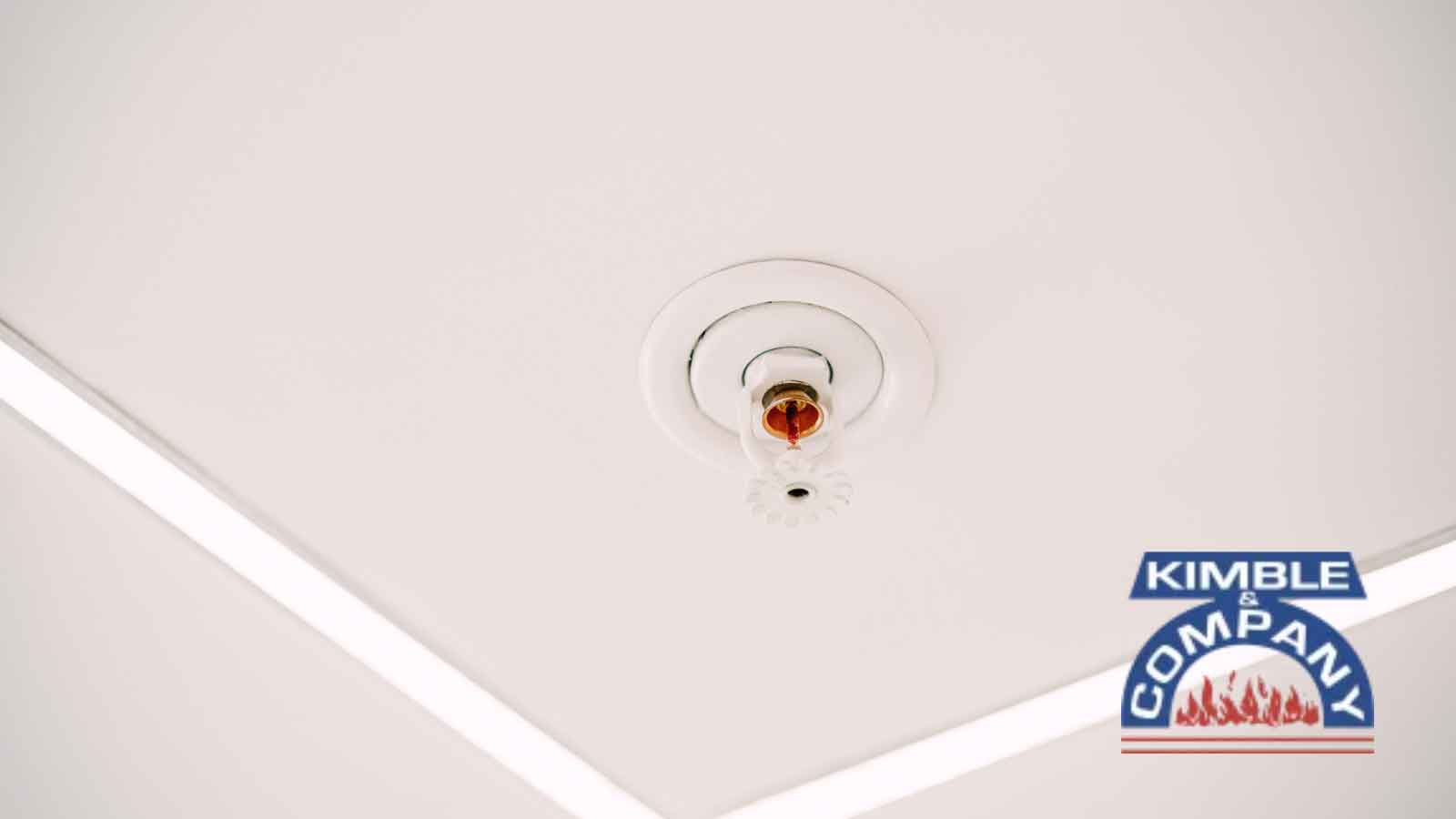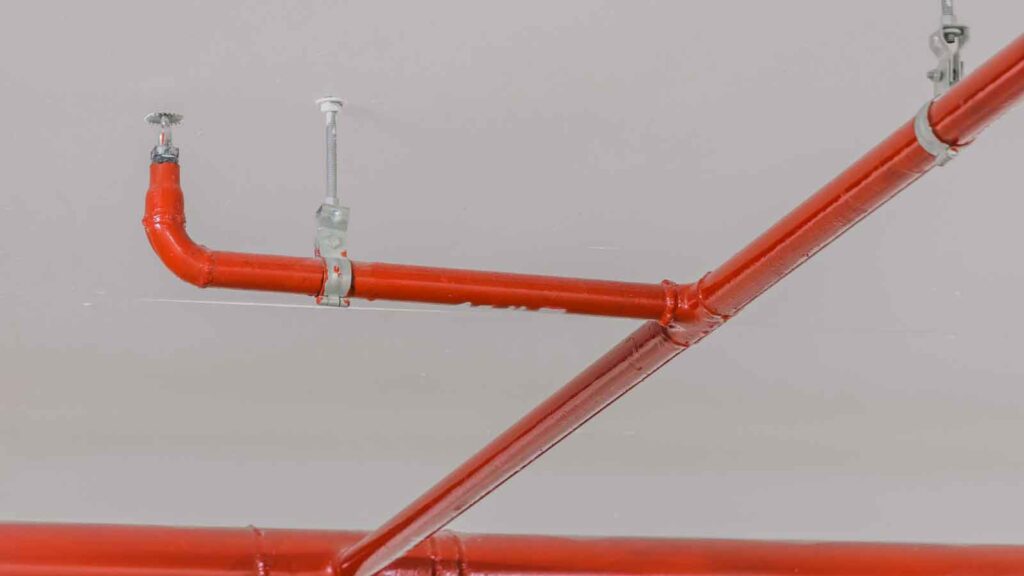Managing building maintenance involves a long list of recurring decisions, and fire sprinkler system maintenance often ranks near the top. It’s not just about checking a box for compliance. It’s about ensuring protection, avoiding downtime, and staying ahead of potentially expensive emergencies.
Many facility managers and property owners struggle with efficiently managing this service. The main challenge lies in deciding how to structure maintenance: whether to sign a multi-year contract or pay for services as needed. Each option comes with a different level of cost, control, and responsibility.
This decision impacts more than just short-term spending. It can affect long-term savings, operational stability, and emergency preparedness. As such, understanding the difference between the two options becomes critical.
In this article, we’ll break down the true cost implications, pros, and limitations of each. By the end, you’ll have a clear answer to one key question: which between multi-year fire sprinkler maintenance contracts vs pay-as-you-go would save you more money?
What Is Fire Sprinkler Maintenance and Why Does It Matter
Fire sprinkler maintenance involves routine checks, testing, cleaning, and repairs to ensure a building’s sprinkler system operates effectively when needed most. These systems are passive until activated, but they must stay in working condition 24/7.
Regular maintenance keeps them code-compliant and ensures they are ready to respond. Whether the building is occupied daily or remains mostly unused, this maintenance is essential for ensuring safety.
To give you further context, here are the key points that define fire sprinkler system maintenance:
- Inspection of system components like valves, pipes, gauges, and water flow devices
- Pressure testing and flow checks to ensure system readiness
- Cleaning of sprinkler heads and removal of any obstructions
- Identification and repair of leaks, corrosion, or mechanical damage
- Documentation of service for insurance and code enforcement purposes
It matters because a faulty or neglected sprinkler system could fail during a fire, putting lives and assets at risk. Maintenance also prevents costly emergency repairs and ensures compliance with regulations (e.g., NFPA standards).
The summary is that consistent checks reduce the chance of malfunctions. When handled properly, it gives peace of mind and long-term cost control.
Multi-Year Fire Sprinkler Maintenance Contract Cost Implications
Multi-year contracts can offer long-term financial and operational advantages, but they also come with specific costs and commitments. Understanding how these agreements are structured helps you weigh whether the savings and service stability justify the investment.
Let’s examine the various factors that influence the cost of a multi-year contract.
Upfront Investment and Annual Fee Structures
Most multi-year contracts begin with a defined annual fee that covers scheduled inspections, testing, and basic reporting. Some providers include an initial review and system mapping in this cost, while others add a one-time onboarding fee.
Though upfront fees can seem steep, they usually cover recurring services that would otherwise be billed separately.
What makes this structure appealing is its consistency. You pay a set amount each year, with fewer surprise costs. That predictability simplifies long-term budgeting and avoids the fluctuations of one-off service calls.
Even when premium features are included, bundled pricing tends to be more economical over time.
Predictable Budgeting Benefits and Volume Discounts
Multi-year agreements help lock in rates, protecting you from market-driven increases in labor or material costs. This enables facility managers to forecast expenses over several years without requiring constant adjustments.
In environments with tight budget cycles, that kind of stability can be a major advantage.
Choosing the right fire protection service becomes even more cost-effective if you’re managing multiple properties. Vendors often offer tiered pricing or volume discounts for bundling locations under a single contract.
That approach saves money not just on service, but also on administrative overhead tied to scheduling and invoicing.
Hidden Costs and Contract Penalties to Consider
Contracts typically include penalties for early termination, which can be a percentage of the remaining term or a flat cancellation fee. This becomes a factor if your operational needs change during the agreement.
For example, system upgrades or a switch in vendors can trigger unwanted financial penalties.
Another cost to watch for is exclusions. Many contracts don’t cover fire system redesigns, large-scale part replacements, or corrective work beyond routine service. Those items get billed separately at standard or even premium rates.
What’s essential to note is to carefully review every clause before committing.
Long-Term Service Quality and Priority Response Benefits
Working with the same provider under a long-term agreement helps build consistency in service. The technician becomes familiar with your system, leading to quicker diagnostics and fewer disruptions during inspections or repairs.
That relationship reduces errors and enhances efficiency over time.
Priority response is another built-in advantage. Multi-year clients often receive faster scheduling, especially during high-demand seasons or emergencies.
When your building relies on timely compliance and operational uptime, that kind of priority access can be worth the contract cost alone.
Pay-As-You-Go Fire Sprinkler Service Cost Implications
The pay-as-you-go model provides businesses with flexibility by charging only for the services they actually use. But without consistent pricing or long-term terms, costs can spike unexpectedly.
Here’s what you need to know about how this model impacts your budget:
Per-Visit Pricing and Emergency Service Rate Structures
Each inspection, test, or repair under this model generates a separate invoice. Routine visits may be reasonably priced, but service types and rates vary. Annual tests, system resets, or code updates may incur costs that exceed your expectations.
Emergency services are even more expensive. After-hours calls or rush jobs typically include premium fees that double the base rate. Without a contract, there’s no guarantee you’ll receive fast service during peak periods either.
Seasonal Cost Fluctuations and Market Rate Variability
Fire protection service demand isn’t steady year-round. Inspection requests often surge at the end of quarters or fiscal years, resulting in limited availability and higher rates. Without a service agreement, you’re subject to these seasonal price spikes.
Rates may also fluctuate due to broader economic factors, such as material shortages or labor shortages. When prices rise, non-contracted clients bear the full cost immediately. That makes long-term budgeting more difficult and less reliable.
Additional Charges for Parts, Labor, and Extended Services
In a pay-as-you-go setup, all additional work is billed separately from the visit fee. That includes labor beyond a basic inspection, part replacements, documentation time, and travel costs. These extras can add up quickly if your system requires more than routine attention.
For example, a minor fire sprinkler repair involving a valve or alarm panel could significantly exceed initial estimates. Without discounted labor rates or capped pricing, you’re exposed to full markups and hourly billing every time.
Budget Unpredictability and Cash Flow Management Challenges
The biggest drawback with pay-as-you-go is inconsistent spending. One quarter, your costs may be minimal. Next, a repair or missed inspection deadline can bring unexpected expenses.
This unpredictability complicates cash flow management and creates pressure to delay routine services. When maintenance becomes reactive instead of proactive, compliance risks and repair costs tend to rise. Over time, the financial unpredictability often outweighs the perceived flexibility.
The Verdict: Which Fire Sprinkler Maintenance Option Saves More Money
When comparing both options side by side, multi-year contracts often emerge as the more valuable option.
While they require a consistent commitment, they offer long-term financial stability, discounted services, and faster emergency response times. For businesses that need regular inspections and want fewer billing surprises, these contracts provide real savings and smoother operations.
Pay-as-you-go can be a suitable option for smaller facilities with minimal system requirements or those that prefer flexibility. But without fixed pricing, costs can spike without warning.
Emergency visits, seasonal demand, and unexpected repairs often push budgets beyond expectations. Over a few years, this inconsistency can outweigh the perceived savings of not committing upfront.
If your goal is to control costs, reduce risk, and simplify planning, a multi-year contract typically offers the best return on investment. It’s not just about lower service rates. It’s about improved access, reduced delays, and enhanced alignment with compliance requirements.
For any business relying on dependable fire protection services, locking in a multi-year agreement is usually the more cost-effective path.



